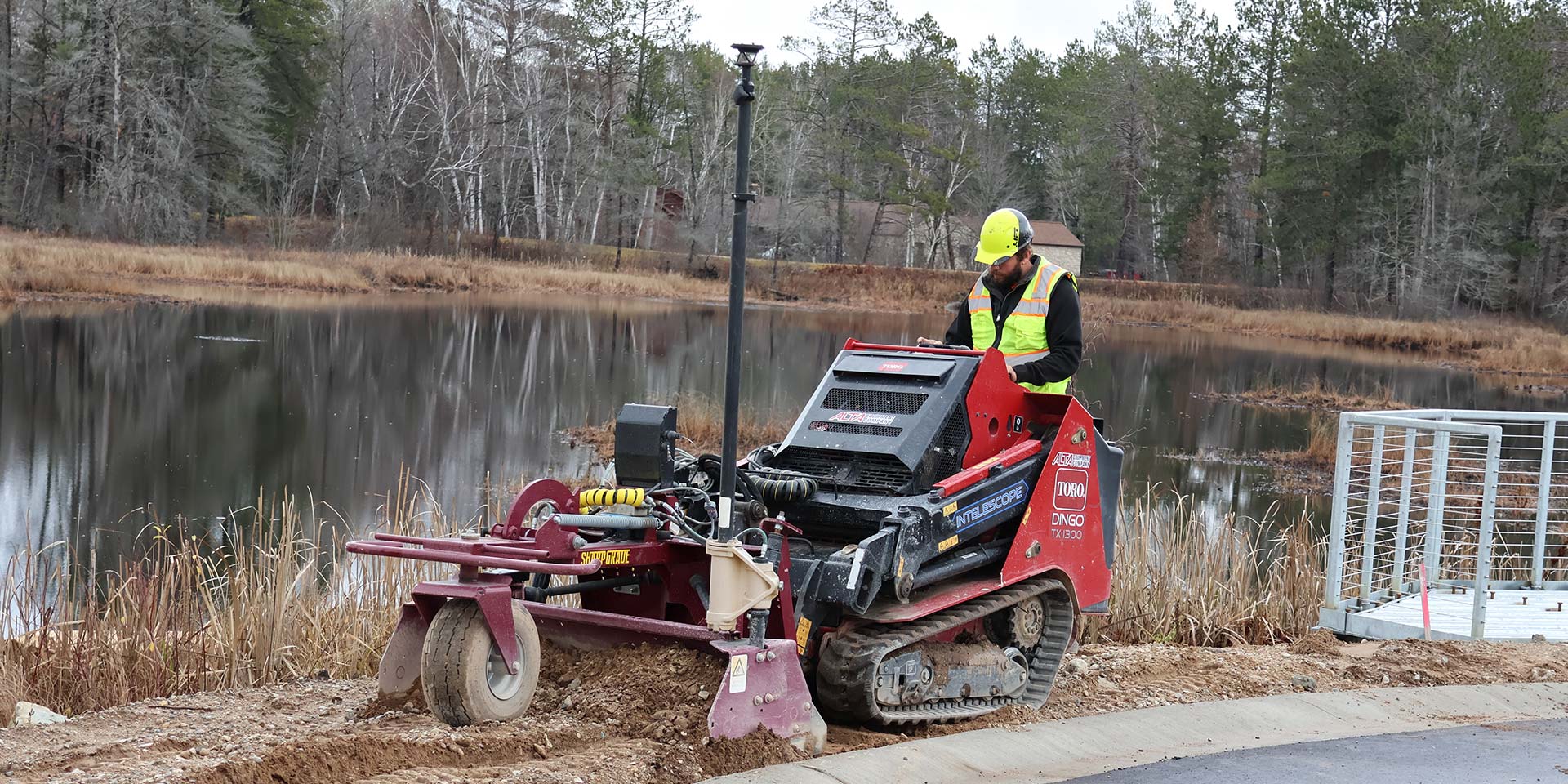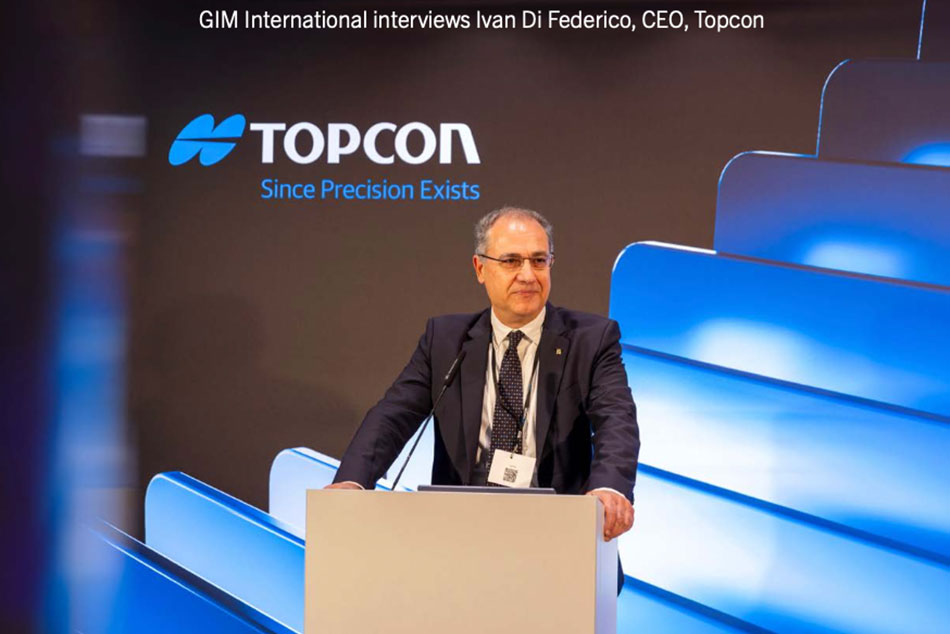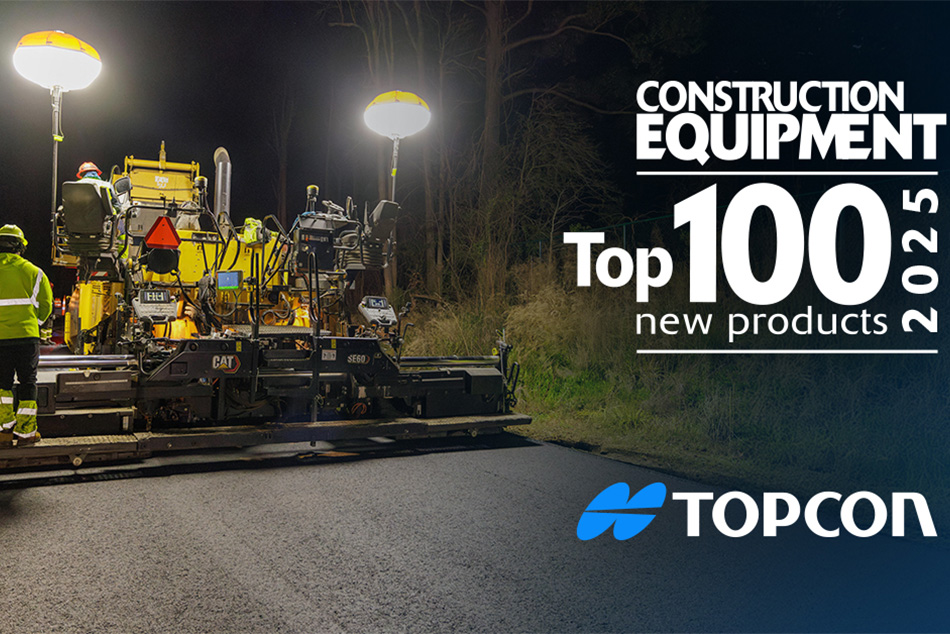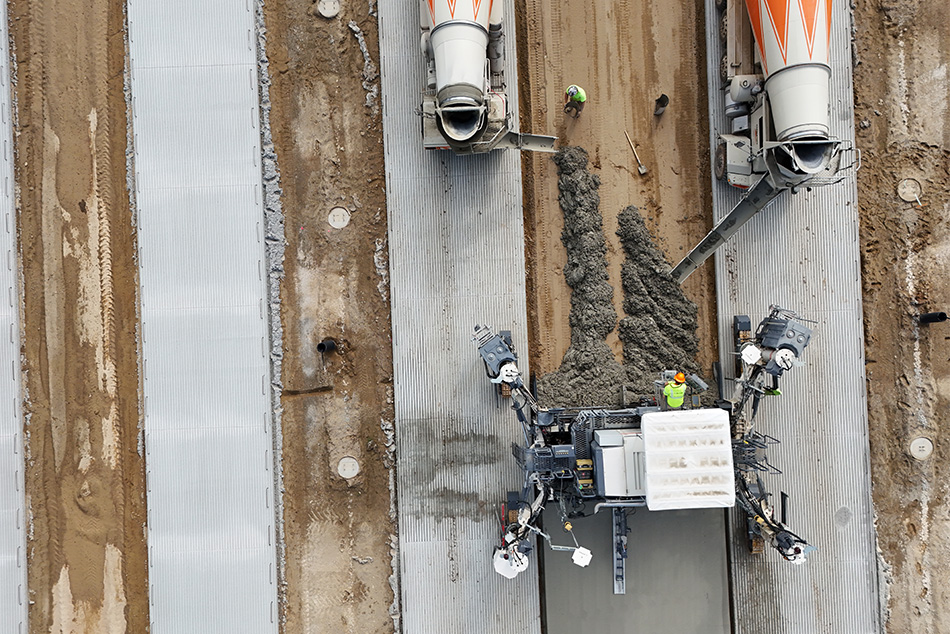Located in the Upper Peninsula of Michigan, The Seney National Wildlife Refuge is, as the name implies, a refuge for a broad range of native and migratory wildlife — some 250 species of birds alone. This opportunity to see countless species, coupled with nature/hiking trails, kayaking, fishing, etc., draws more than 90,000 visitors annually. To better serve the public, a new visitor center is being built to replace one that had served the refuge for more than 60 years. Heading up construction for the nearly 10,000 sq. ft. structure is Olsen & Olsen Building Contractors, Inc., a general contractor based in nearby Manistique, Mich. The company specializes in concrete work, masonry work, excavating and framing, much of which was called into play at the Seney site. To tackle some facets of the job, including grading and more than 9,000 sq. ft. of sidewalk installation, they defied conventional wisdom, calling upon the smallest piece of equipment in their fleet — a walk-behind compact track loader. As a result, that machine, equipped with a box blade attachment and an innovative 3D control system, is producing results which truly belie its size. Conventional wisdom, it would seem, is overrated.





- image 1
- image 2
- image 3
- image 4
- image 5
Inspiration in Concrete
A regular attendee to the annual World of Concrete trade show in Las Vegas, Olsen had visited the Topcon booth where he’d seen a standard compact track loader equipped with a 3D grading solution. Impressed and intrigued, he pitched the concept of using that solution on the Dingo with the team at APEX Technologies, his regional Topcon dealer and was pleasantly surprised at their answer.
“We purchased a Sharp Grade attachment configured with a box blade, and though APEX had never done an MC-Mobile solution on a walk-behind like this, they felt confident they could make it happen,” he said. “And, after some creative modification, they did. We are using a Topcon PS total station which allows us to utilize an LPS solution which gives us the accuracies we need. The learning curve on the entire setup was really short and I got to use it almost immediately on the Seney structure’s slab-on-grade which also had a lot of plumbing penetrations. I did half of the 9,600 sq. ft. of grading in less than four hours — by myself.”
To put that performance into perspective, with a paving deadline looming, an issue onsite prompted a re-do of that same area. Because the Dingo/Sharp Grade was not available at the time, however, Olsen had his crew do the work manually. “I had six guys re-grade that same area and it took that crew more than five hours to do something I’d done alone in four,” he said. That’s quite an improvement in terms of both time and manpower.”
“We purchased a Sharp Grade attachment configured with a box blade, and though APEX had never done an MC-Mobile solution on a walk-behind like this, they felt confident they could make it happen.”
— Steve Olsen
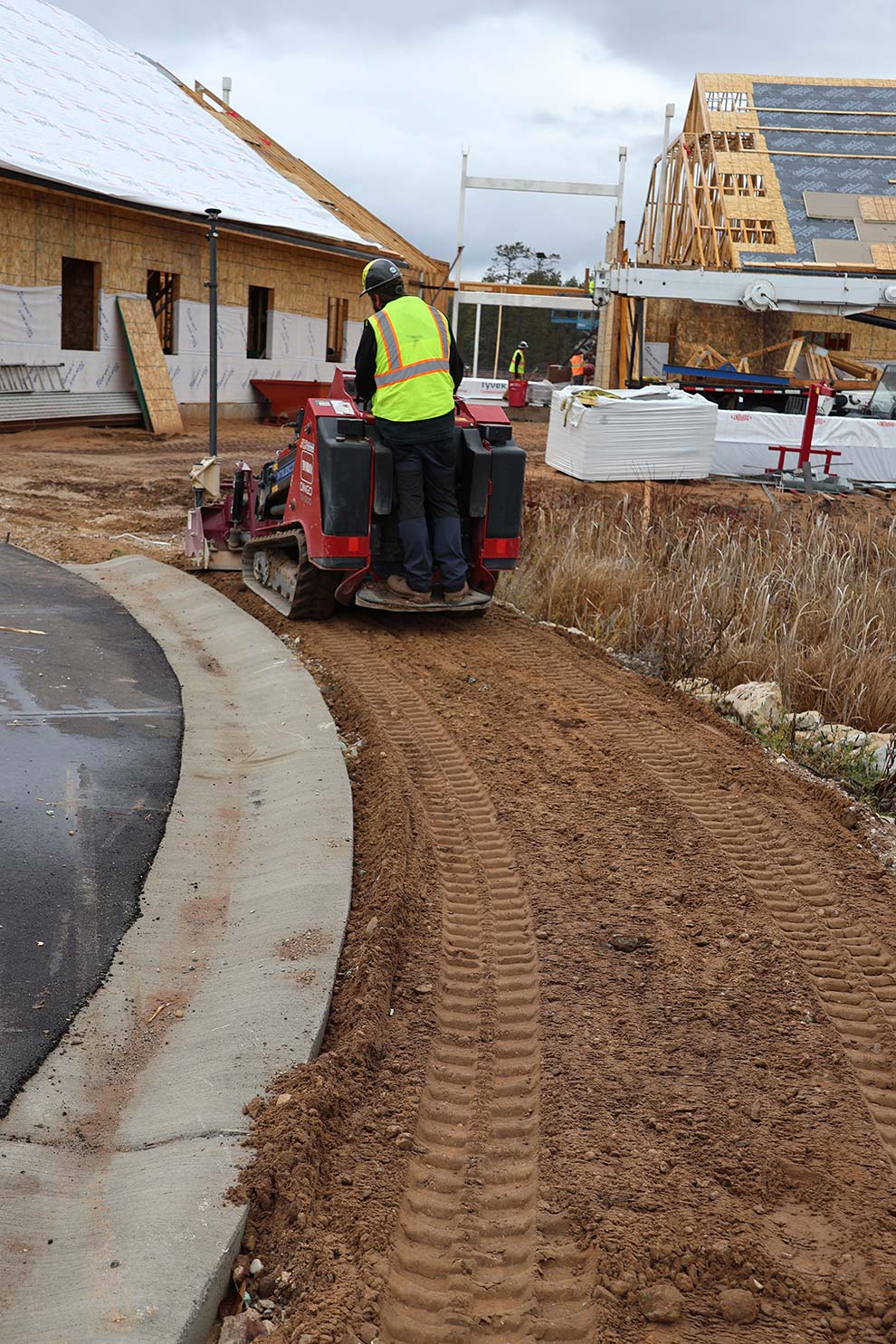
Creative Trifecta
At the heart of Olsen’s impressive turnaround is the pairing of three very disparate technologies: the compact walk-behind, the box-blade attachment and the 3D machine control solution bringing it all together. The latter, the machine control (MC) solution — MC-Mobile — allows users like Olsen to come to a project that is devoid of any design and, using the total station and an Android tablet, quickly create a surface, utilize that same tablet in the machine, and use the attachment to grade it out.
“This new workflow has changed the way we can approach our work in a number of ways,” said Olsen. “First, because we can now handle the layout without a surveyor, we can get onto a job site and immediately get to work. Second, we are now able to initially send smaller crew — just a couple guys with the machine — and still get things moving faster than we did in the past with a much larger one crew.”
While all that efficiency might seem like an invitation to a wholesale downsizing, Olsen says nothing could be further from the truth. Rather, he sees it as an opportunity to become more competitive than ever before. “Our new situation allows me to diversify a bit and better allocate our personal. If we're sending three guys to a job — instead of a half dozen — that’s three others that can be working at a different job site for us. And in light of how hard it is to find good workers, this allows us to further expand the capabilities of the good help that we have, helping retain them.”
Looking Sharp
While the market for compact track loader attachments is mature, offering everything from brush cutters to pallet forks to trenchers, only in the last decade or so have attachments that can accurately grade begun to make inroads with contractors. Olsen’s attachment of choice, the Sharp Grade B60, is manufactured in New Zealand but marketed worldwide and offered a number of features that were of particular interest to Olsen.
“It is a very tight machine, which is what you want when using machine control,” said Olsen. “The front wheel swivels easily, doesn’t get locked up, and is retractable, which allows us to get close to walls and structures. What’s really great though, is that, unlike my laser system in which I have to ensure the masts are always plumb, with this attachment and LPS, I can tip the attachment forward to get a smoother finish and it doesn’t matter. The total station shoots the top edge of the box blade, so even if it tilts to 45°, it will keep its tolerance to ¼”. If I decide to tip it back to try to carry the load a bit, I can do that, and the accuracies are still there.”
“This new workflow has changed the way we can approach our work in a number of ways. First, because we can now handle the layout without a surveyor, we can get onto a job site and immediately get to work. Second, we are now able to initially send smaller crew — just a couple guys with the machine — and still get things moving faster than we did in the past with a much larger one crew.”
— Steve Olsen
Upsizing
Never one to be satisfied with the status quo, Olsen recently decided to upgrade his walk-behind, citing the need for more power and a machine with a bit longer track length. He chose a Ditch Witch 1750 which APEX’s Brendan Ferris quickly adapted for the MC-Mobile solution.
“We took the small modifications we made bringing MC-Mobile to the Dingo, and applied them to the Ditch Witch machine,” said Ferris. “Olsen & Olsen is a great customer who is always striving to do the best job possible and — even though the Dingo 1300 was really doing well for them — this upsizing is proof of that.”
The new machine will still afford Olsen the same competitive edge — to be able to grade in areas others can’t. “If someone is doing concrete work in a tight area, we can do their fine grade,” he said. If a customer has a warehouse and a full sized machine won’t work, this will grade it and, thanks to MC-Mobile do it quickly. It’s a small but very powerful tool to have.”
The Seney National Wildlife Refuge project is slated for a spring 2025 completion.














